Andrea Ruth had a post earlier today about the death of Charles Manson. Andrea’s post extensively covered Manson’s crimes and said good riddance to this evil man. In this post, in addition to agreeing with Andrea’s sentiments about Manson, I want to take a moment to remind us all that we need the death penalty.
Prosecutors who have a former defendant on death row know that there is always a chance that the murderer will outlive us, no matter how young we were when the penalty was imposed. Vincent Bugliosi was not quite 35 years old when he convicted Manson of the Tate-LaBianca killings. Bugliosi lived to the age of 80 — yet Manson still outlived him.
This is particularly outrageous in the case of Manson. Here is the roll call of the dead — the people Charles Manson was convicted of murdering: Abigail Ann Folger, Wojciech Frykowski, Steven Earl Parent, Sharon Tate, Jay Sebring, Leno La Bianca, Rosemary La Bianca, Gary Hinman, and Donald Jerome “Shorty” Shea. Manson was indeed sentenced to death, but the sentence was overturned (along with that of Sirhan Sirhan and 103 others) in 1972, when the California Supreme Court declared the state’s death penalty unconstitutional. Since the imposition of the death penalty, only 13 executions have been carried out in California. The last was in 2006, and as of August, 747 inmates remained on Death Row.
Most people don’t realize how difficult it is to get to the point where someone is subject to execution. The death penalty in California requires that a jury convict the defendant of at least one murder in the first degree, and at least one special circumstance. Examples of special circumstances include murder for financial gain, murder in the course of rapes, robberies, and other specified felonies, poisoning, and infliction of torture, to name a few. Most cases in which special circumstances are charged are even not tried as death penalty cases. The penalty is typically reserved for “the worst of the worst” — people who have zero chance of rehabilitation. The jury has the opportunity to consider a wide range of possible mitigation as well as aggravation, and twelve people must unanimously agree that death is appropriate after taking all of those factors into consideration.
Appeals of death penalty cases are notoriously long. As absurd as it seems (and is), some inmates have even claimed in recent years that the length of the appeals process is itself cruel and unusual punishment — even though appealing the case is their own choice, and many appeals are frivolous and designed for the express purpose of delay. Frustration with this regime has led California voters to recently pass an initiative to speed up the process.
Manson had his day in court, was convicted of nine murders, was sentenced to death, and given a reprieve by the courts. He spent the rest of his life making a mockery of the system that spared him, carving a swastika into his forehead, and generally showing that he did not deserve to live.
His life was spared, and some of his confederates could even be paroled.
Manson prosecutors used to attend parole hearings to oppose parole for Manson family members convicted of murder. But they can’t do that when they themselves are already dead.
Whether you agree with the death penalty or not, surely we can all agree that the remaining Manson family members should not be paroled. At Hot Air, Ed Morrissey (a death penalty opponent for religious reasons) says:
Manson died where he belonged. Let the parole board and Governor Brown take that as a victory, and apply that lesson to the other Manson “family” convicts.
I would argue that Manson belonged in a gas chamber when he died, but the courts took that option away. Given that reality, prison is where they should all die. It will still be a far more merciful death than those suffered by the Manson family’s victims.

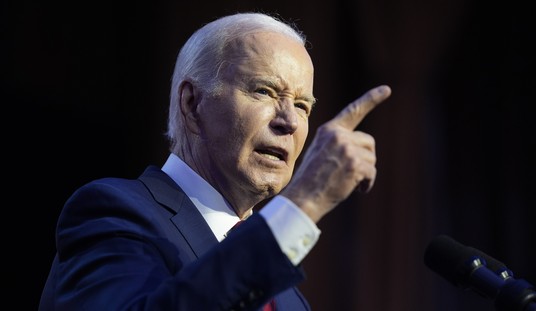

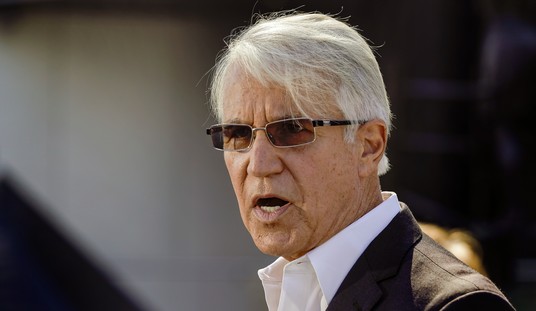


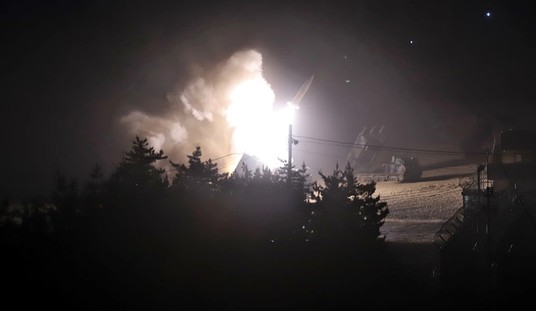
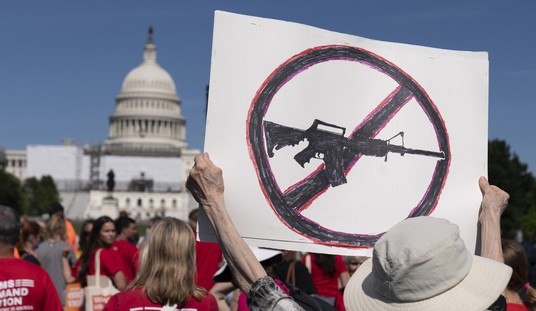
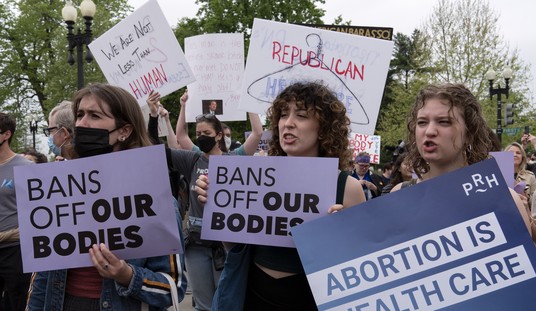
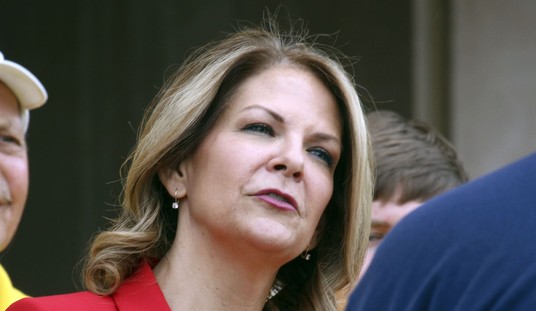




Join the conversation as a VIP Member